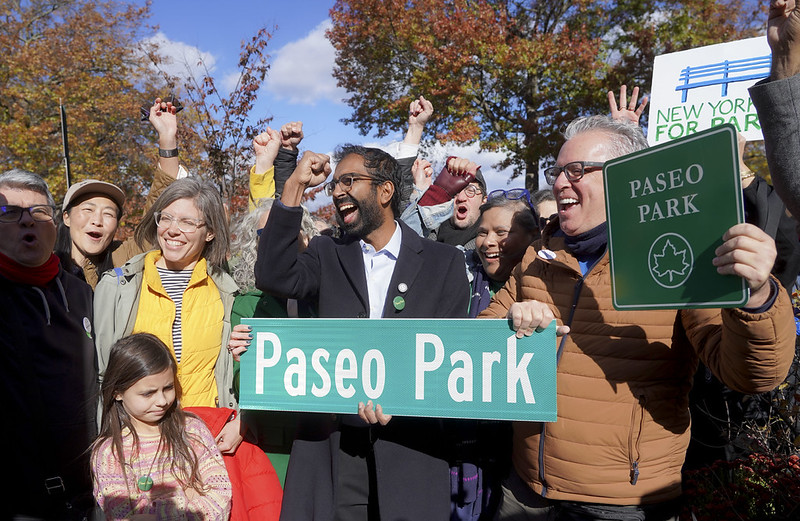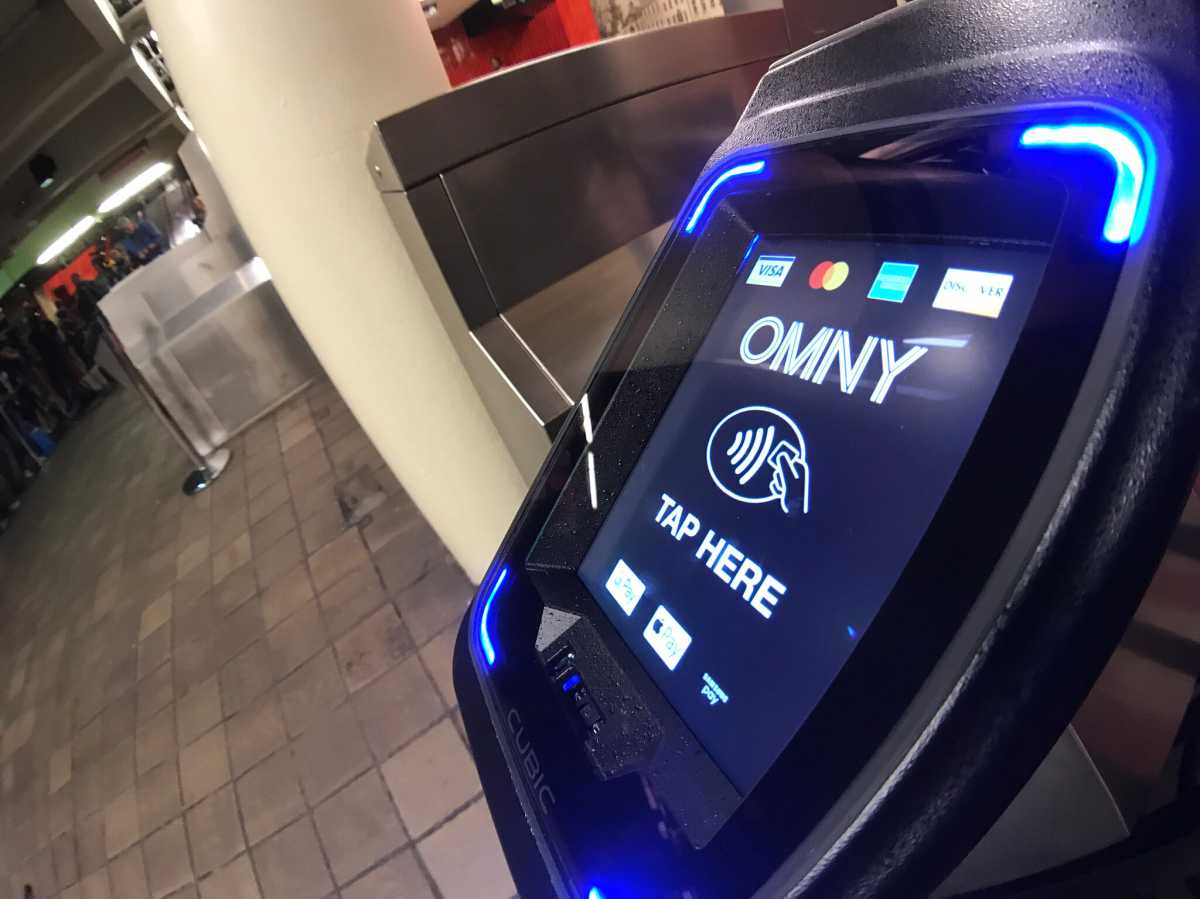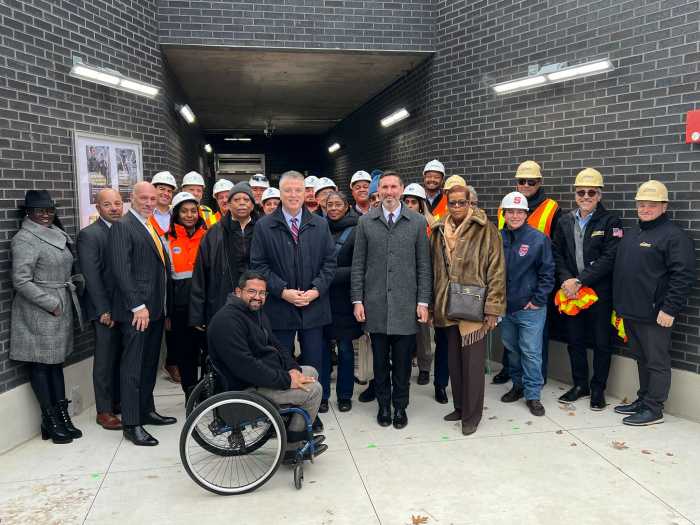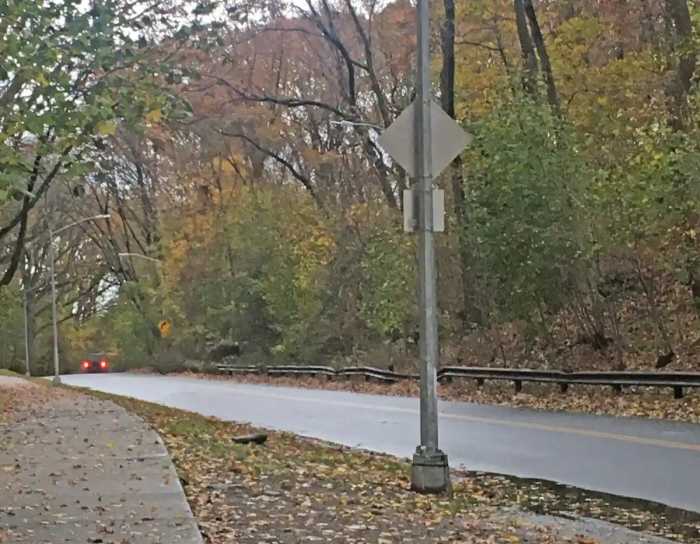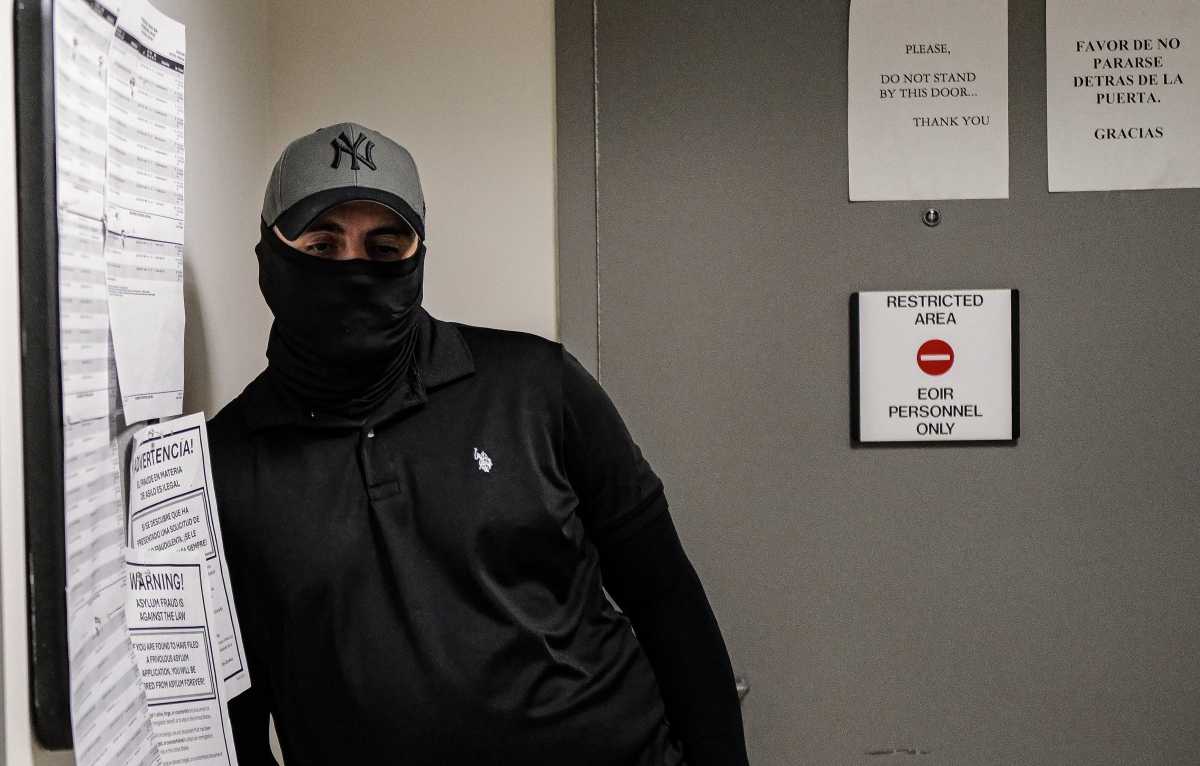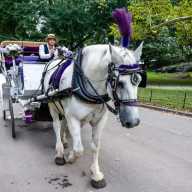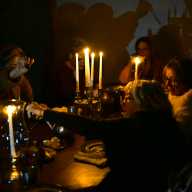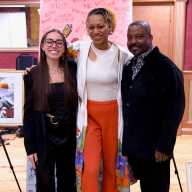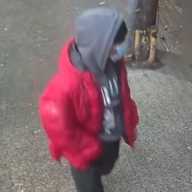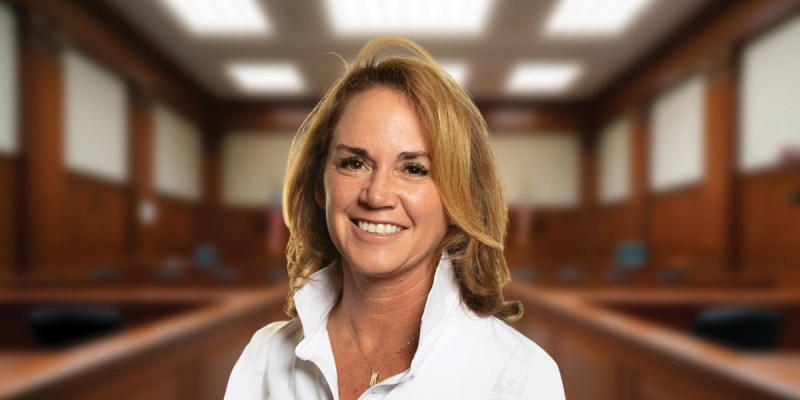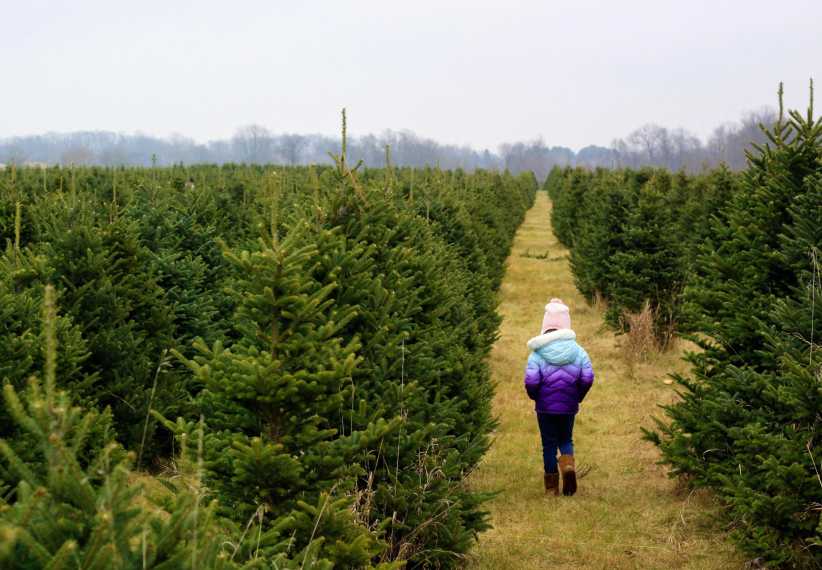Elected officials joined Jackson Heights community members Sunday morning to celebrate the co-naming of the 26-block 34th Avenue Open Street as “Paseo Park,” a reference to the yeas of community advocacy that helped create the largest open street in New York City.
Council Member Shekar Krishnan, Assembly Members Jessica González-Rojas and Catalina Cruz, Public Advocate Jumaane Williams and representatives from the DOT and NYC Parks gathered on 34th Avenue on Nov. 16 to celebrate the co-naming, which advocates said recognizes the neighborhood’s rich history of immigrant communities.
The open street, which stretches 1.3 miles over 26 blocks, features five plaza blocks in front of every public school along the corridor and one “superblock” featuring two conjoined plaza blocks in front of Travers Park.
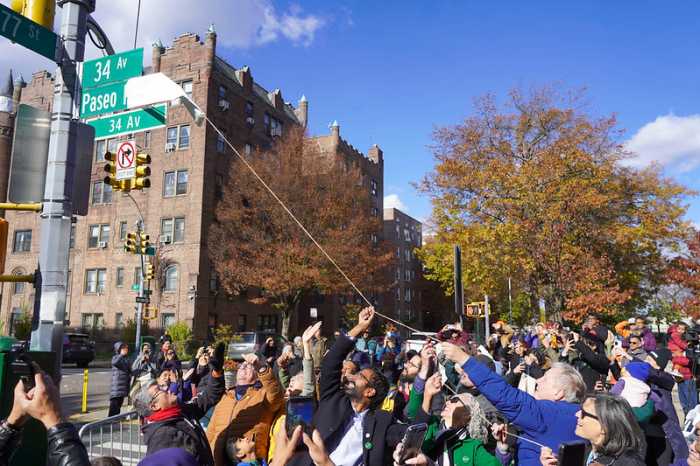
The 26-block open street, which is the largest in New York City, was originally closed to vehicular traffic as part of an open street pilot program implemented during the COVID-19 pandemic.
Krishnan said Paseo Park has since transformed into a hub for the local community, providing a space for parents to go on after-work strolls with their children and for newly-arrived immigrants to take English lessons. He said the open street has also been the site of countless community events, pointing to the New York Immigration Coalition’s annual Key to the City event, which connects New York’s immigrant community with important resources.
Advocates said the open street provides safe passage to about 7,000 school children traveling to schools in the district, adding that Paseo Park has led to a 42% reduction in traffic crashes.
The co-naming event included a performance by local dance group Neela Dance Academy and a poem recited and written by Jackson Heights resident Meera Nair.
Representatives from the offices of Queens Borough President Donovan Richards, state Sen. Mike Gianaris and Assembly Member Steven Raga also attended the co-naming.
Krishnan that the Jackson Heights community has become “leaders” in reimagining public space for pedestrians in New York City, stating that the neighborhood converted a “pandemic necessity for open space” into 26 blocks of open space.
“Paseo Park was accomplished by bringing together all levels of government and city agencies, community organizations, and our neighbors to dream bigger and create desperately needed green space,” Krishnan said in a statement.
González-Rojas, meanwhile, described Paseo Park as a project shaped by the vision and hard work of the local community.
“Neighbors have expressed how meaningful this space will be—from advancing climate resilience to creating safer streets and expanded opportunities for recreation,” González-Rojas said in a statement.
Cruz said she witnesses the positive impact that the open space has had on the local community “every day,” describing Paseo Park as Jackson Heights’ town square.
“As I run along 34th Avenue, I see children playing, parents pushing strollers, teens skateboarding, and our elders playing BINGO – it’s our town square,” Cruz said in a statement. “The name Paseo Park reflects the rich history of immigrants like my family; we all deserve access to green space.”
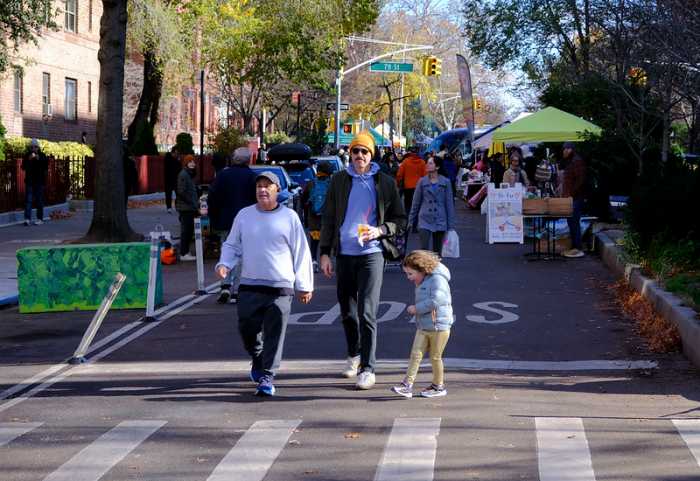
Senate Minority Leader Chuck Schumer said Paseo Park offers 26 blocks of ” greener, safer, and recreational space for the entire community,” while former Council Member Daniel Dromm described the co-naming as a “milestone” for the Jackson Heights community.
“From the original street closing when I was the Council Member, to the fantastic job Council Member Shekar Krishnan has done ensuring its success… Paseo Park has redefined the Jackson Heights community for the better,” Dromm said. “Every time I’m there the street is bustling with activity. This co-naming represents a new beginning for Jackson Heights.”
Dromm also credited the 34th Avenue Open Street Coalition and the Alliance for Paseo Park for their work advocating for the open space.
DOT Commissioner Ydanis Rodriguez described Paseo Park as a “shining example” of how streets can be reimagined to better serve local residents.
“Through the support and vision from Jackson Heights residents, NYC DOT has transformed this corridor into a community center—a street to foster children’s play, cultural events, safe cycling connections, and new meeting spaces for families and friends,” Rodriguez said.

